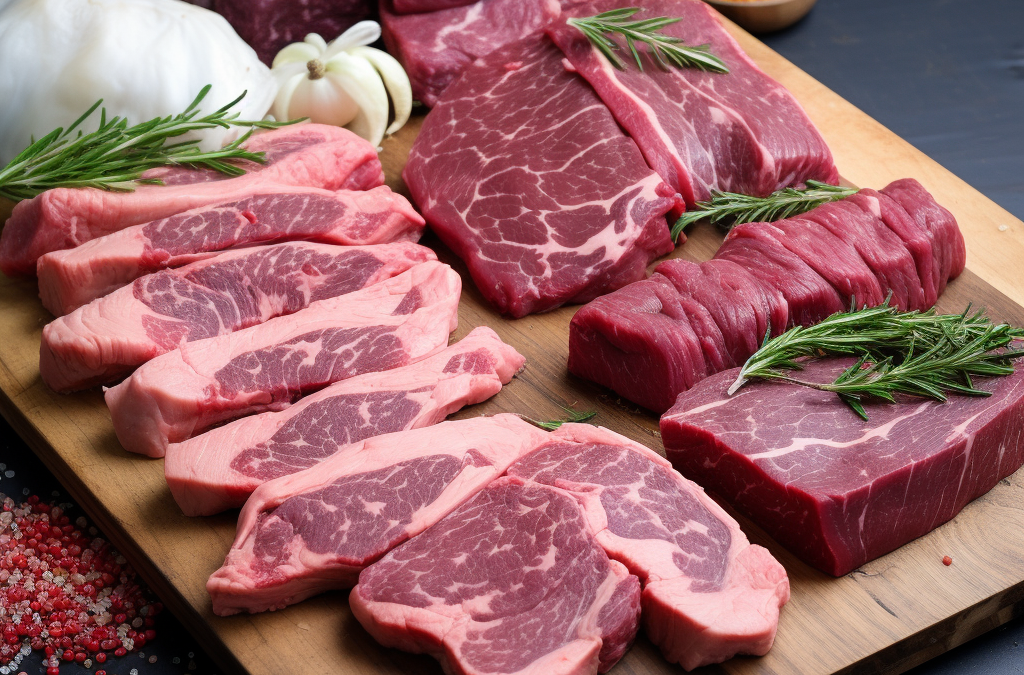Prime cuts of beef represent the pinnacle of quality and flavor, a true delight for connoisseurs and casual diners alike. In culinary arts and meat markets, the term prime is more than just an adjective; it’s a standard that sets the bar for excellence. This article is crafted for restaurateurs, chefs, butchers, and discerning home cooks who seek to understand and leverage the superior attributes of prime beef cuts. Our exploration will uncover the complexities of USDA grading, the identification of prime cuts, and the best storage, handling, and preparation practices to ensure that every slice lives up to its premium potential. Whether you’re looking to elevate your menu or simply want to indulge in the finest beef available, mastering the art of prime cuts is an essential step toward achieving culinary greatness. Order beef online now.
Understanding Prime Cuts
Regarding the zenith of beef quality, Prime Cuts are often heralded as the epitome of succulence and rich flavor. But what distinguishes a Prime cut from its counterparts? Embarking on this exploration, we uncover the hallmarks that elevate Prime cuts to their esteemed status.
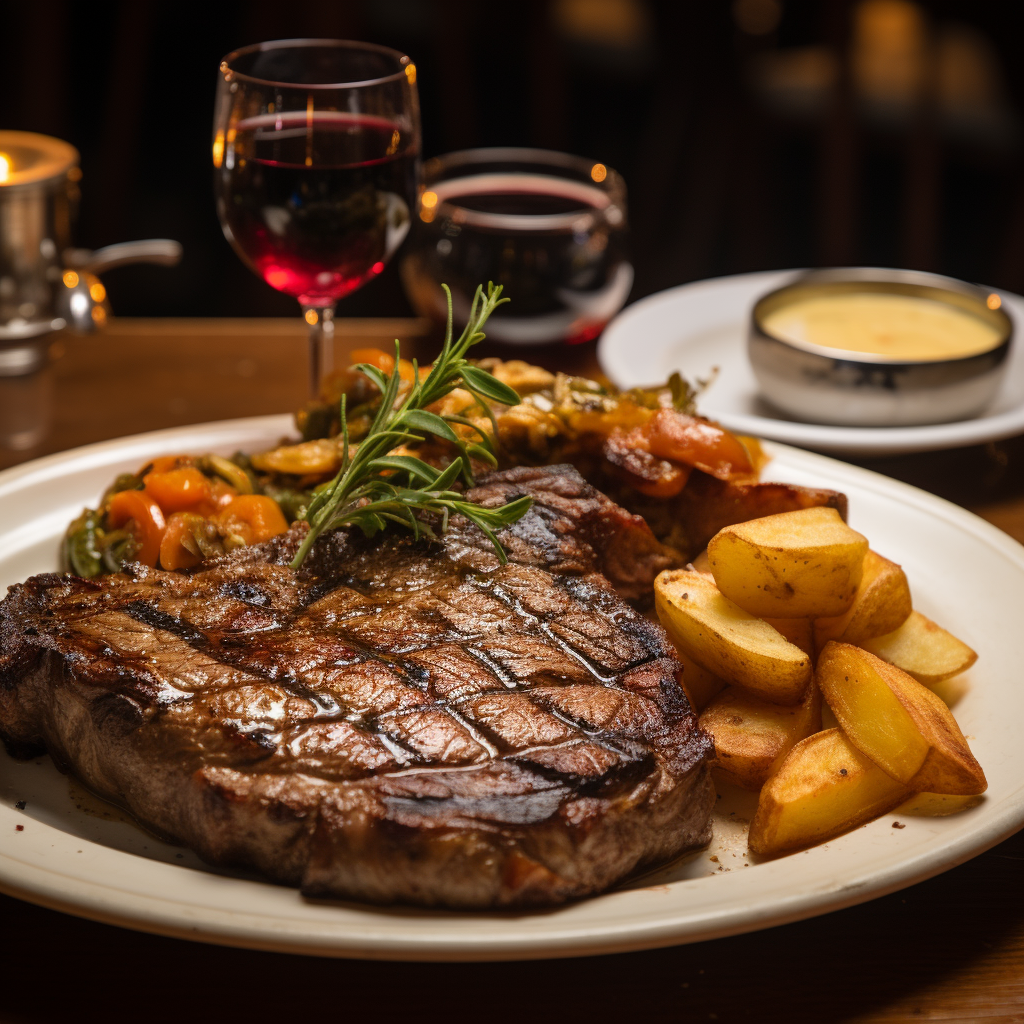
USDA Prime Grade Explained
The USDA Prime grade is synonymous with exceptional beef, a distinction not bestowed lightly. The United States Department of Agriculture employs a meticulous inspection process to determine this grade, focusing on the beef’s marbling and the cattle’s youthfulness.
Marbling, the intricate web of intramuscular fat, is paramount in Prime beef. This marbling melts into the meat as it cooks, infusing it with unmatched moisture and a buttery texture. Prime beef is typically sourced from cattle that have been well-nourished and are less than 24 months old, contributing to the tenderness of the meat.
A mere 2-3% of beef achieves this illustrious grade, making it a rare find often reserved for the most prestigious dining establishments and specialty butchers. When you spot the USDA Prime shield, you’re not just looking at a piece of beef; you’re looking at a promise of an extraordinary gastronomic delight. As we continue, we’ll delve into the characteristics of Prime beef cuts, how to preserve their exceptional quality, and the art of cooking them to bring out their full, luxurious potential.
Identifying Prime Beef Cuts
One should seek the official grade mark to discern USDA Prime beef cuts, affirming its superior status. Recognizing Prime cuts involves familiarizing oneself with the choicest sections that inherently meet this top-tier grade.
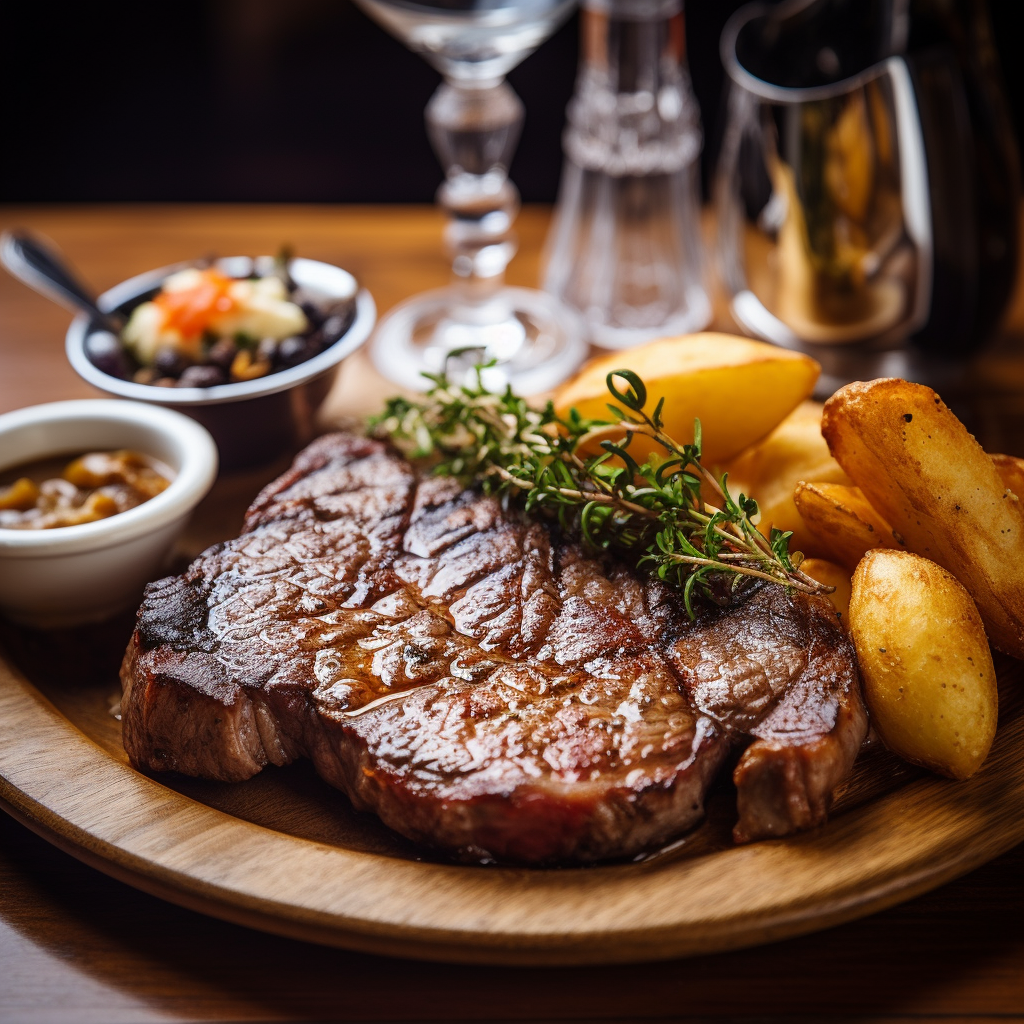
The elite Prime beef cuts, celebrated for their succulence and robust flavors, include:
- Ribeye Steak: This cut is distinguished by its generous marbling, which imparts a sumptuous taste and fork-tenderness.
- Strip Steak (New York Strip): A harmonious blend of texture and marbling, this steak delivers a quintessential beefy savor.
- Filet Mignon (Tenderloin): Although less marbled, it’s coveted for its velvety texture and subtle taste.
- T-Bone/Porterhouse Steaks: These steaks offer a duet of textures and tastes, combining tenderloin and strip sections.
- Top Sirloin: While less supple than its counterparts, this cut can attain Prime status with superior marbling for its category.
While brisket, rump, and chuck might occasionally reach Prime classification, they are rarer finds due to their muscle composition, which is more apt for cooking methods that tenderize connective tissue over time. Browse our complete mail-order steak selection.
In selecting Prime cuts, prioritize evenly distributed marbling. However, pay attention to other quality indicators such as the meat’s shape, hue, and aroma, which can reflect its freshness and how it was handled and stored. These factors are critical to the ultimate enjoyment of your Prime beef selection.
With this knowledge, you’re equipped to make exquisite choices for your culinary ventures, bearing in mind the premium price tag accompanying these exceptional cuts due to their unmatched quality and scarcity.
Maximizing Prime Beef Quality
The journey of Prime beef from farm to fork is meticulous, demanding diligence from suppliers and consumers to maintain its unparalleled quality.
Distributors must ensure a consistent cold chain, keeping the beef just above freezing to ward off bacteria and spoilage. This strict temperature control is essential during transportation and warehousing.
Upon arrival, consumers should refrigerate the beef for short-term use or freeze it for future enjoyment. When freezing, it’s crucial to thaw the meat properly, favoring a gradual defrost in the refrigerator or employing cold water or microwave techniques for a quicker result. Room temperature thawing is a misstep that can encourage bacterial proliferation.
Mindful handling is equally important. Sanitize hands, utensils, and surfaces before and after contact with raw beef to avert cross-contamination. When prepping Prime beef, avoid puncturing the meat to preserve its natural juices and ensure a moist, flavorful outcome.
Furthermore, cooking Prime beef to perfection means paying close attention to temperature. Overcooking can rob the meat of its tender, juicy essence. A reliable meat thermometer will ensure reaching the perfect level of doneness without going overboard.
Adhering to these guidelines will help safeguard the exceptional quality of Prime beef, allowing its rich, savory character to shine through in every bite.
Evaluating Marbling and Freshness
The allure of Prime beef lies not only in its prestigious classification but also in the intricate details of its marbling and freshness—two attributes that significantly enhance its culinary value. Marbling, the intricate web of fat within the muscle, is a hallmark of quality in Prime cuts. Seek a harmonious pattern of delicate, white fat that threads through the muscle, as this will melt during cooking, imparting a succulent flavor and tenderness to the meat.
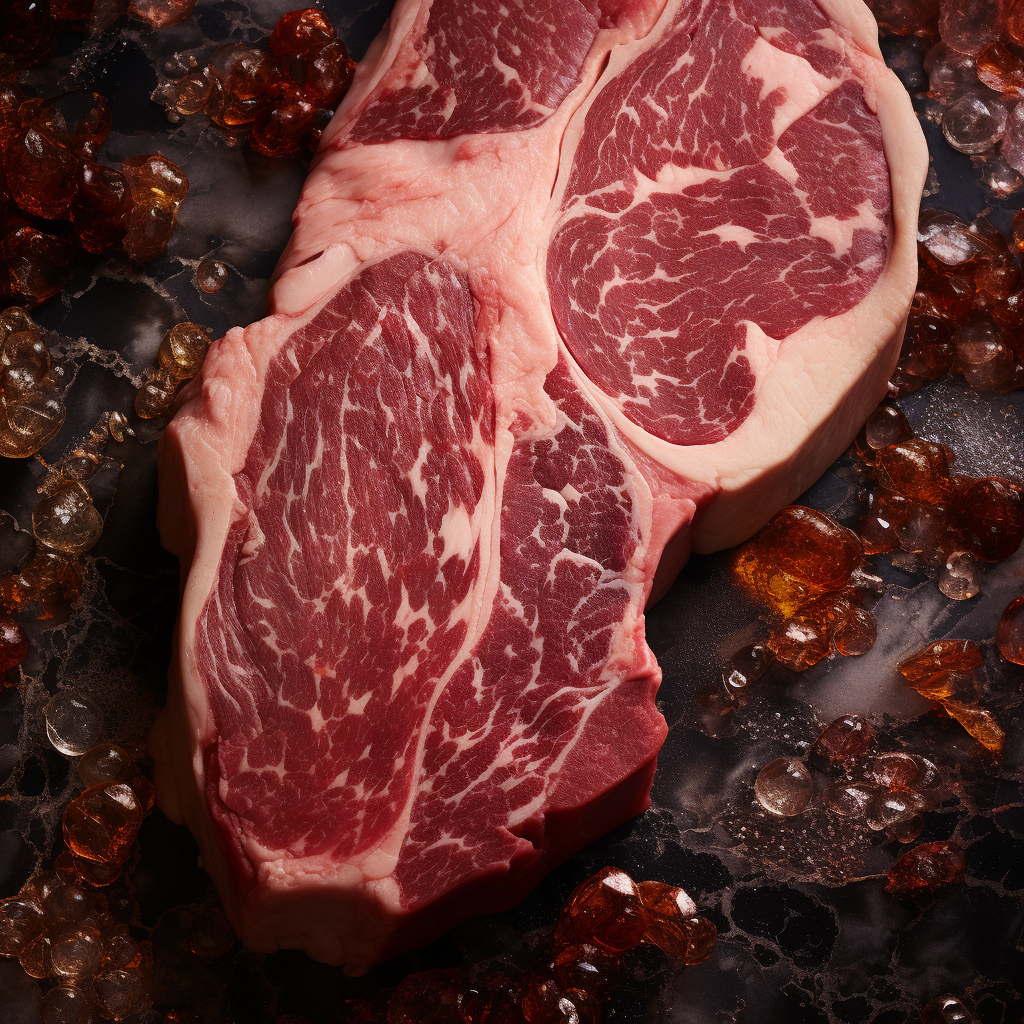
When scrutinizing marbling, aim for uniformity. Disproportionate fat deposits can result in uneven cooking and a less satisfying mouthfeel. As for assessing freshness, the beef’s color is a telling sign. A vibrant, cherry-red appearance indicates freshness, particularly when the beef is not vacuum-sealed, which might otherwise darken the meat.
The beef’s surface should be slightly moist but never excessively wet or slimy—an indication that the meat may be declining in freshness. Additionally, the texture should be resilient; if you press the meat, it should bounce back, not retain an indentation. A sticky or tacky surface is a red flag, signaling that the beef may deteriorate.
Lastly, inspect the packaging. It should feel cool, be securely sealed, and show no signs of damage. This vigilance in evaluating marbling and freshness ensures that our patrons receive nothing less than the finest Prime beef from our Texas-based purveyor, We Speak Meat.
Prime Beef Storage and Handling
Maintaining the exquisite quality of Prime beef requires meticulous attention to its storage and handling. Upon acquiring Prime beef, it is imperative to store it promptly. Refrigeration should be done in the coolest section, often the meat drawer, engineered to keep a stable temperature.
Should you not plan to indulge in the Prime beef within a few days, freezing is the next best option. To do so effectively, envelop the meat in a robust material such as heavy-duty plastic wrap, freezer paper, or place it in a sturdy freezer bag. This practice wards off freezer burn, which can compromise the meat’s texture and flavor. Labeling the package with the current date aids in managing your inventory and enjoying the beef when it’s at its peak.
When handling Prime beef, cleanliness is paramount. Utilize pristine utensils and surfaces to avoid cross-contamination. Designate separate cutting boards and knives for raw meat and always wash your hands thoroughly before and after handling the beef.
Thawing frozen Prime beef calls for foresight. The refrigerator method is safest, though it may take up to two days for larger cuts. For a quicker thaw, submerge the sealed beef in cold water, refreshing the water every half hour to maintain safety and quality. Avoid microwave thawing if possible, as it can unevenly cook the meat, altering its texture.
Post-cooking, Prime beef should not linger at room temperature for extended periods—no more than two hours or one hour if the ambient temperature exceeds 90°F. Prompt refrigeration of leftovers is crucial, and they should be consumed within a few days or frozen for later enjoyment.
Adhering to these storage and handling practices ensures that every bite of Prime beef from We Speak Meat retains its full spectrum of flavors and textures, just as intended.
Culinary Preparation of Prime Cuts
The art of preparing Prime beef begins long before it hits the heat. To ensure a uniformly cooked cut, allow the beef to acclimate to room temperature, which, depending on thickness, typically takes 30 minutes to an hour.
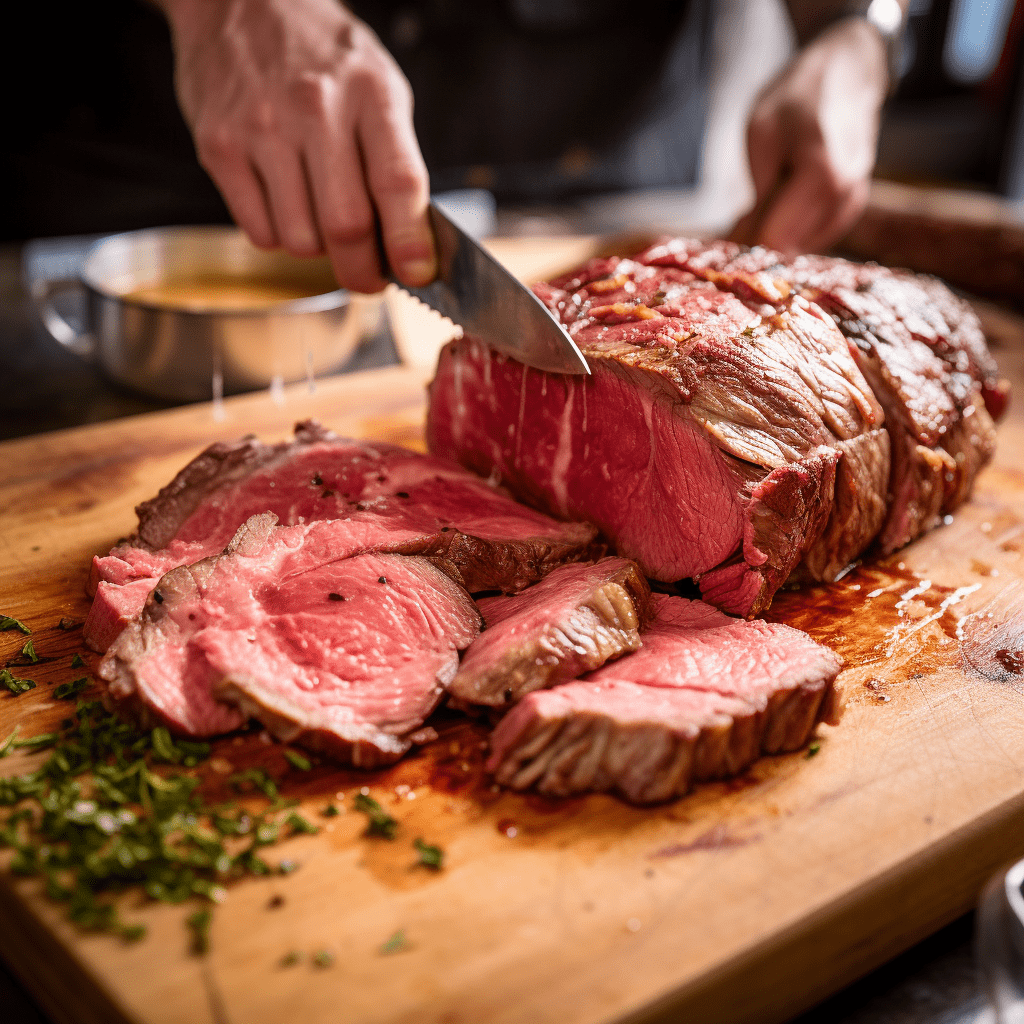
As you approach the trimming stage, consider the cut and cooking style to determine the right amount of fat to leave on. When reduced to a slender layer, this external fat cap can act as a moisture lock during the cooking process while still allowing the marbling to work its magic from within.
Seasoning is where your culinary creativity can shine. A dash of salt and pepper might be all you need to accentuate the Prime beef’s inherent savoriness. However, if your palate yearns for adventure, explore the realm of spices, herbs, and rubs to find the perfect partners for your beef. Remember to season right before cooking to keep the meat’s moisture intact.
For those drawn to marinades, a brief bath in a milder acidic solution is preferable. This will tenderize without compromising the meat’s integrity. Combine your choice of acid with a harmonious blend of oils and herbs for a subtle infusion of flavor.
Preheat your chosen cooking surface to guarantee a sear that seals in those delectable juices. This initial contact is crucial for creating the succulent texture and rich taste that Prime beef is celebrated for. With these culinary preparations, your Prime cuts are primed to deliver an unforgettable dining experience.
Trimming and Seasoning Prime Beef
The finesse of trimming and seasoning is pivotal in curating a Prime beef dish that resonates with your culinary ethos. Begin by trimming the excess fat and sculpting the cut to preserve just enough to enrich the cooking process. A careful trim can enhance the final taste and texture while maintaining the essential marbling for cuts like the ribeye, where fat is more pronounced.
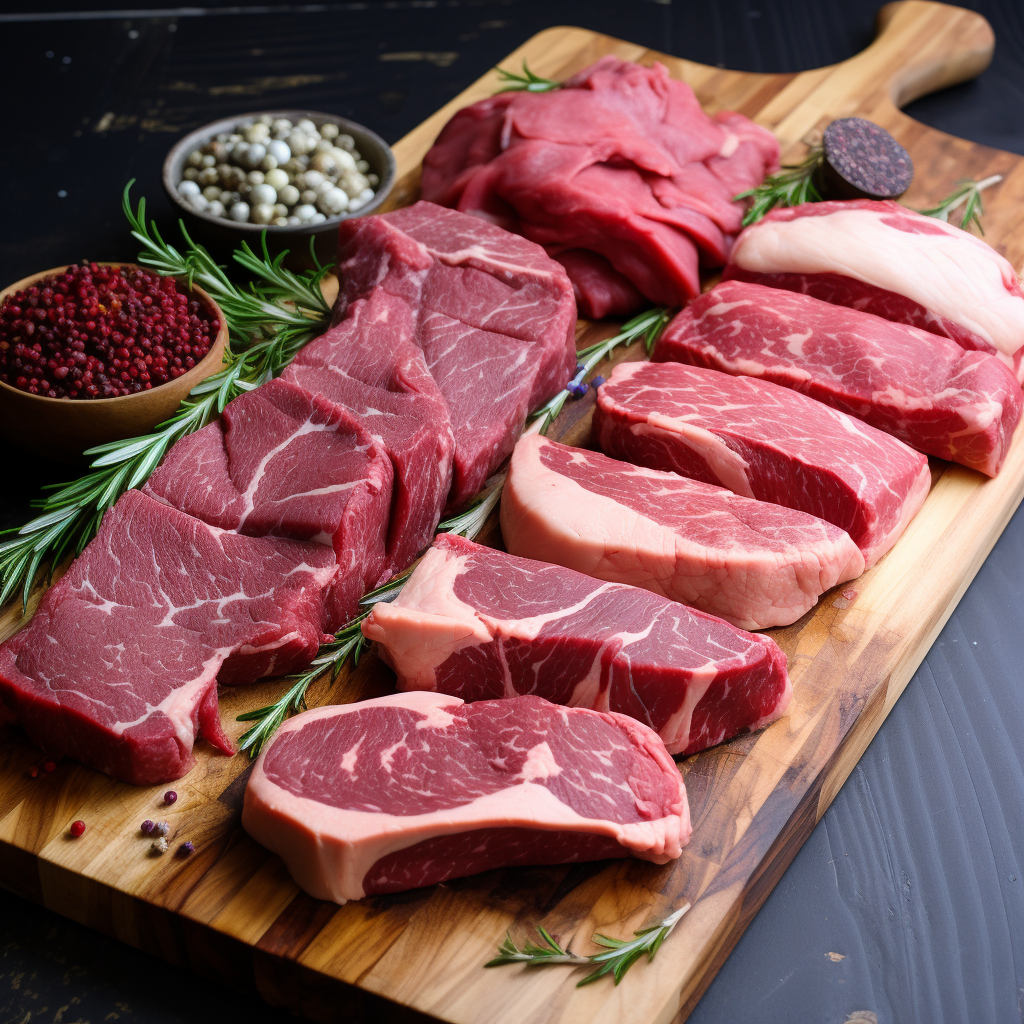
Silver skin, a stubborn layer of connective tissue, should also be removed to prevent the meat from becoming chewy. A sharp knife will let you strip this away cleanly, leaving the succulent meat ready for seasoning.
When it comes to seasoning, let the quality of the beef take center stage. A liberal sprinkle of coarse salt can work wonders, creating a crust that will caramelize beautifully upon cooking. Freshly cracked black pepper offers a zesty counterpoint, best added just before or after searing to avoid charred bitterness.
For those who favor a more elaborate seasoning palette, consider how each herb and spice will dance with the beef’s robust flavor. Whether you’re reaching for aromatic herbs or bold spice mixes, the goal is to enhance, not overshadow, the Prime beef’s luxurious taste.
If marinating is part of your plan, remember that Prime beef’s tender nature requires a lighter touch. Shorter marination times with gentle acids will impart flavor without altering the meat’s tender texture.
Through thoughtful trimming and seasoning, Prime beef is transformed into a culinary masterpiece, ready to captivate the senses and anchor an exquisite meal.
Cooking Prime Beef to Perfection
The journey to culinary excellence with Prime beef hinges on precision and understanding heat’s role in flavor development. Begin by allowing the beef to sit at room temperature before cooking, ensuring even heat distribution throughout the meat.
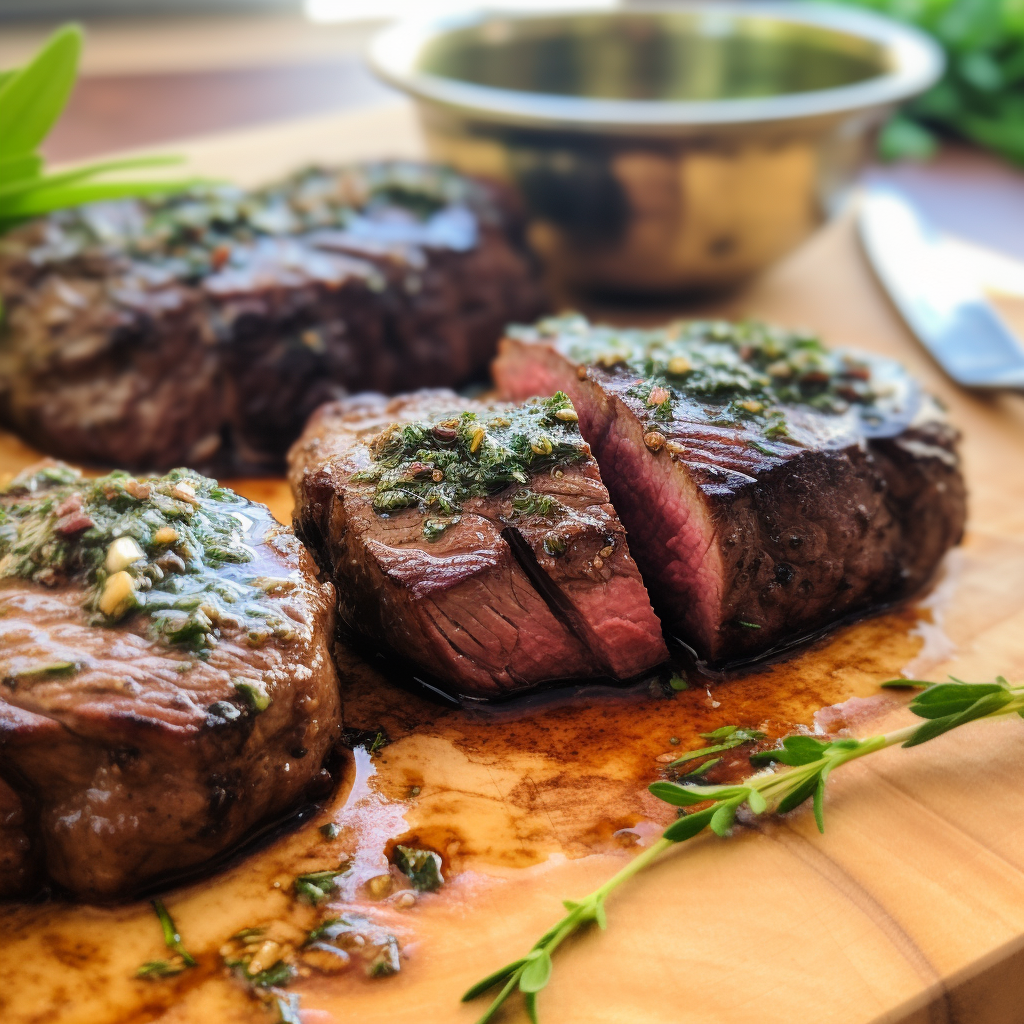
A scorching cooking surface is your starting line—whether it’s a grill’s grates, a cast-iron skillet’s surface, or an oven’s embrace. This initial blast of heat is essential for creating a delectable crust and locking in the succulence of the beef. Once you’ve achieved a satisfying sear, adjust the temperature based on the cut’s thickness and your cooking method to guide the meat to its perfect state of doneness.
Consider the cut’s dimensions when timing your cooking. Quick cooking is often sufficient for slender steaks, while more substantial cuts, like roasts, thrive with searing and gentler cooking methods, such as roasting or braising at a reduced temperature.
Keep a close eye on the internal temperature to ensure your beef reaches the pinnacle of its potential: 120-125°F for a rare finish, 130-135°F for medium-rare, 140-145°F for medium, 150-155°F for medium-well, and 160-165°F for well done. Anticipate the carryover cooking effect by removing the beef from the heat slightly before it hits your target temperature, as it will continue to cook while resting.
Resting the meat post-cooking is a step that stands as crucial as any other. The duration of this rest allows the juices to settle back into the beef, ensuring each slice is as moist and tender as the last. Depending on the size of the cut, this could mean a pause of 5 to 20 minutes.
Mastering these nuances—meticulous temperature management, judicious timing, and a patient rest—can transform a simple meal into an extraordinary gastronomic event celebrating Prime beef’s exceptional quality.
Prime Beef Cooking Techniques
The art of preparing Prime beef is magnified by selecting the ideal cooking technique to complement each specific cut. The method employed can significantly enhance the natural flavors and textures, turning a meal into a masterpiece.
Grilling is a popular choice for steaks, where the intense direct heat imparts a mouthwatering seared exterior. Ensure your grill is adequately preheated and resist the urge to cover the beef; instead, let it cook openly, turning just once to maintain even cooking and achieve those coveted grill marks. A two-zone fire is advantageous for thicker cuts, allowing the interior to reach perfection without overcooking the outside.
For those who favor the kitchen, pan-searing in a robust skillet offers a similar crust with the bonus of basting the beef in butter, herbs, and other aromatics, infusing it with complex flavors. Begin with high heat to sear, then dial it down to medium, letting the beef reach the desired level of doneness. Don’t discard the fond—the flavorful caramelized bits left behind—as it’s the foundation for sumptuous pan sauces that can take your dish to new heights.
Roasting is the method of choice for more significant Prime beef cuts, such as rib roasts. Start with a high oven temperature to achieve browning, then lower it to cook the interior evenly. A probe thermometer is invaluable, offering precise temperature readings for optimal results.
For cuts with more marbling, consider braising or slow-cooking. These methods gently break down connective tissues, resulting in meat that’s tender and brimming with flavor. Cooked low and slow in a covered pot with liquid, these techniques are ideal for transforming tougher cuts into dishes that melt in your mouth.
Each technique, when executed with care, is designed to elevate the inherent qualities of Prime beef, offering a spectrum of possibilities from straightforward, hearty dishes to those that are elegantly complex, all while honoring the exceptional standard of Prime beef.
Savoring Prime Beef: Serving and Pairings
The pinnacle of a Prime beef experience is when it graces the table, ready to be savored. The art of serving this exquisite meat involves a keen eye for detail and a palate attuned to the symphony of flavors and textures that accompany it.

Presentation is paramount: the beef should command the spotlight on the plate. Depending on the cut, a steak may be served in its entirety to showcase its restful repose, while a roast might be carved to reveal its succulent heart. Carving against the grain is essential, rendering each morsel supremely tender.
The role of pairings is to elevate the meal to a crescendo of taste. Sides such as golden-roasted root vegetables, creamy or crispy potatoes, or a crisp salad dressed in a zesty vinaigrette counterbalance the beef’s luxurious richness. Wine selections are equally important; robust reds like a Cabernet Sauvignon or a velvety Malbec marry well with the meat’s savory depth, and a bold Chardonnay can be a surprising ally to lighter beef dishes.
Sauces and condiments are the final brushstrokes on this culinary canvas. A velvety reduction, a pat of herbaceous butter, or time-honored sauces like béarnaise or peppercorn should accentuate the beef’s inherent flavors without masking them.
To cap off the feast, a dessert that offers a refreshing counterpoint to the savory entrée is ideal. A palate-cleansing sorbet or an assortment of fine cheeses provides a delightful finale to the epicurean adventure.
In essence, savoring Prime beef is about more than just taste; it’s about creating a harmonious ensemble on the plate that pays homage to the exceptional quality and care invested in its journey from pasture to palate.
The Art of Carving and Accompaniments
Elevating Prime Beef’s presentation to a form of artistry begins with masterful carving and a discerning choice of accompaniments.
For roasts, the carving ritual requires a sharp blade and a confident hand to make precise slices that enhance the meat’s tenderness. While individual cuts like steaks may not need tableside carving, they should be displayed in a way that accentuates their excellence.
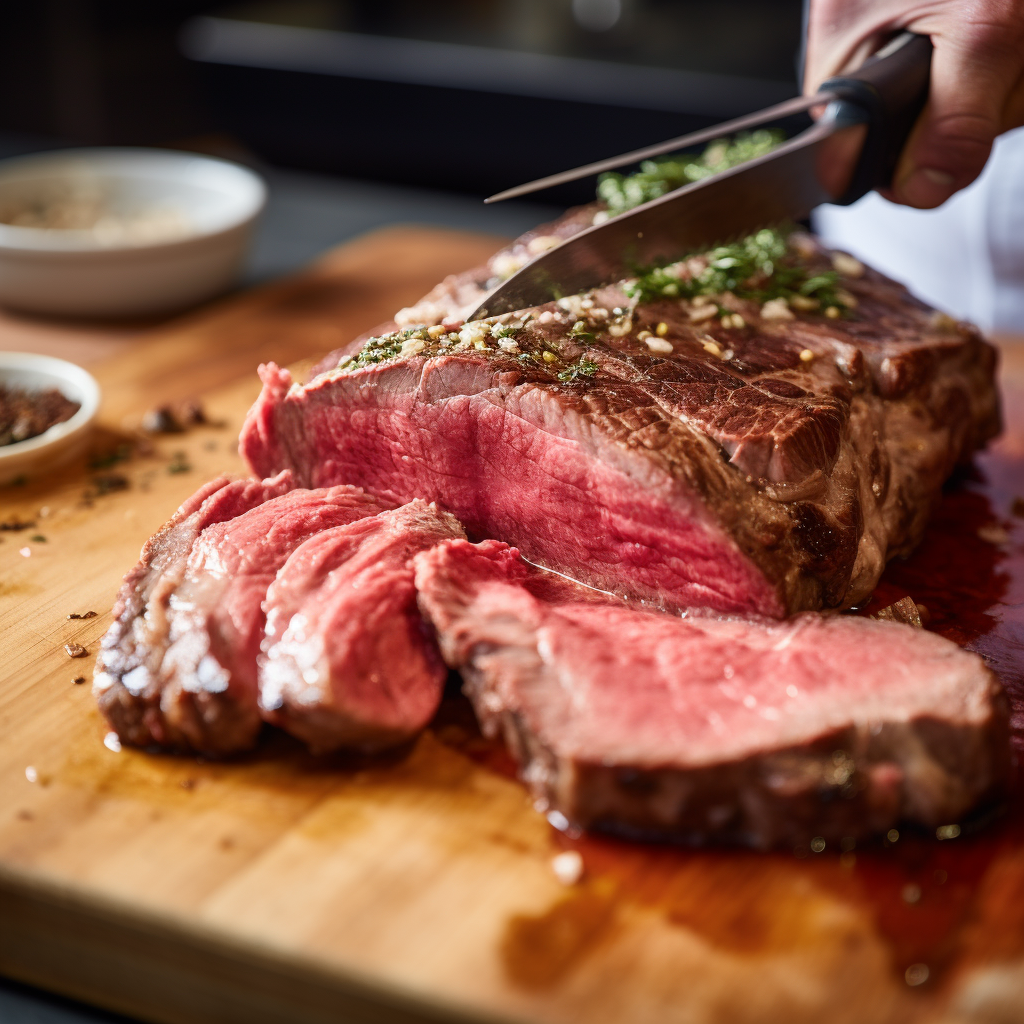
Accompaniments should complement the beef not only in flavor but also in presentation. When executed with care, classic sides such as garlic-infused mashed potatoes or vibrant asparagus spears draped in hollandaise support the main attraction. Vividly colored vegetables add a visual pop that cuts through the meat’s sumptuousness.
Starches, whether it’s a basket of artisanal bread or a creamy risotto, are more than just sides; they’re vessels for the beef’s rich juices, adding layers of texture and flavor to the meal. Garnishes, though small, should not be an afterthought. A thoughtful garnish, like a sprig of rosemary or a sprinkle of parsley, can impart a final flourish of elegance.
The sauce selection can transform the carving into a deeper exploration of flavors. Whether opting for a bold red wine reduction or a tangy horseradish cream, choose sauces that form a delightful dance with the beef, lifting the dish to celebratory heights.
Carving and selecting the right accompaniments is about crafting an experience that showcases the Prime beef’s rich, complex flavors, turning a simple meal into a memorable event.
Prime Cut FAQs
1. What is the definition of Prime Cuts?
Prime cuts refer to premium sections of meat, usually beef or lamb, typically distinguished by exceptional tenderness and flavor. Often, these specific parts are used in high-end fine dining experiences.
2. Which sections of the meat are considered Prime Cuts?
Key sections considered prime cuts include the loin, brisket, rib section, and some parts of the round. These areas provide the most tender and flavorful meat due to high marbling, contributing to taste and texture.
3. How does the US Department of Agriculture grade Prime Cuts?
The US Department of Agriculture (USDA) grades prime cuts based on factors such as marbling, age, color, and texture of the meat. Prime, Choice, and Select are the top three categories, with Prime being the highest quality.
4. How does marbling affect the quality of Prime Cuts?
Marbling—the fat distributed in the muscle tissue—significantly influences the quality of prime cuts. High marbling levels enhance the meat’s tenderness, juiciness, and flavor, elevating it to premium prime-cut status.
5. What impact does aging have on Prime Cuts?
Aging enhances the flavor and tenderness of prime cuts. Dry aging and wet aging are the processes used; both contribute to improving the meat’s taste by breaking down the tough muscle fibers.
6. Can other animals, such as pigs, have Prime Cuts?
While the terminology is more frequently used to refer to beef, the concept of prime cuts also applies to other animals. For example, tenderloins and ribs would be considered prime cuts in pigsd.

